Post-docs & Research staff
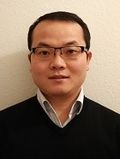 |
Prof. Ke Huang was a post-doc at LMTM from 2014 to 2017. He then joined Xi’an Jiaotong University of Technology (XJTU) in China, as professor in the department of mechanical engineering. |
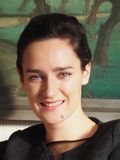 |
Charlotte de Formanoir worked for 2 years (2020-2022) as postdoc at LMTM. Her research involved: – understanding the complex metallurgical phenomena (formation and removal of defects, microstructure evolution) occurring during additive manufacturing of various metals, using synchrotron radiation for operando X-ray imaging and diffraction. – developing new in-situ monitoring techniques for Laser Powder Bed Fusion based on acoustic emission and artificial intelligence tools. Her responsibilities included the coordination of an interdisciplinary and collaborative research project as well as some teaching activities. |
PhD Students
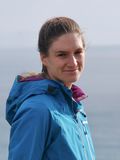 |
Dr. Annick Baur worked on variant selection in martensitic steels between 2015 and 2019. After that she joined the Swiss watchmaking industry. |
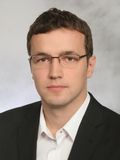 |
Dr. Nikola Kalentics developped a new hybrid Additive Manufacturing process combining Selective Laser Melting and Laser Shock Peening from 2015 to 2021. He then joined the Swiss Center for Electronics and Microtechnology SA (CSEM) as Expert in Additive Manufacturing. |
 |
Dr. Margaux Larcher studied phase transformation induced distortions in red gold alloys from 2017 to 2021. She is now materials project manager at Varinor SA. |
 |
Dr. Hossein Ghasemi studied Laser powder bed fusion (LPBF) in different scales (laser/matter interaction, melt pool formation, and temperature distribution) to have a better understanding of the metallurgical features (crack formation, precipitations, phase transformation) occurring during the manufacturing process from 2017 to 2021. He then joined Switzerland Innovation Park Biel/Bienne (SIPBB) as scientific project manager. |
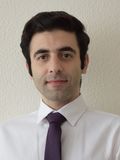 |
Dr. Navid Sohrabi investigated Laser powder bed fusion (LPBF) manufacturing using advanced alloys (bulk metallic glasses, high entropy alloys, and Ni-based superalloy). He studied the microstructure (crystallization, crack formation, and phase transformation) and mechanical properties of the fabricated parts from 2017 to 2021. He then joined the Swiss Center for Electronics and Microtechnology SA (CSEM) as a post-doctoral researcher. |
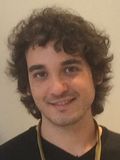 |
Dr. Raffaele Esposito worked on the design, prototyping, and thermo-mechanical modelling of a neutron spallation target impacted by high-energy proton-beam pulses in the n_TOF facility at CERN for the Source, Targets and Interactions group (STI), where he kept working on Beam Intercepting Devices for the CERN accelerator complex. |